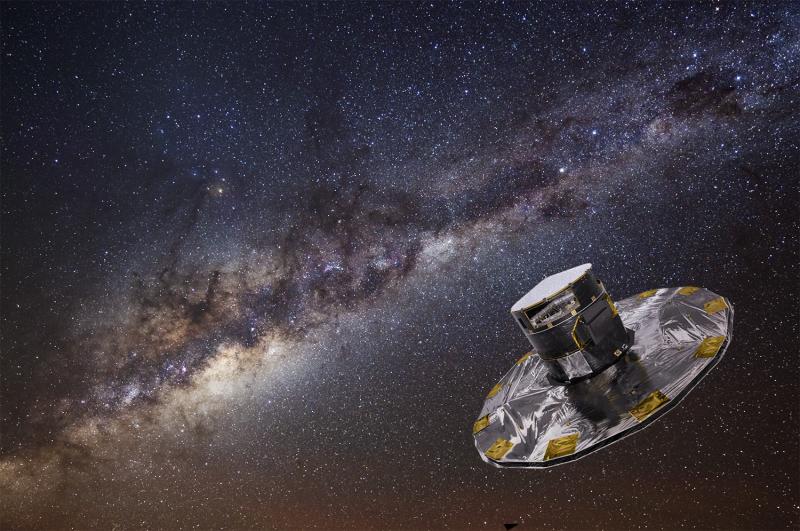Decoding Signals from the Sky
The first successful attempt of putting an artificial satellite in orbit around the Earth was Sputnik 1, launched in 1957 by the Soviet Union. Nowadays, about 3 500 artificial satellites are in full operation around the Earth.
Artificial satellites allow us to maintain communication between different places in our planet, study the meteorological conditions of a region, as well as observe other planets in the Solar System, the Sun and other stars in our galaxy and other galaxies. They have been a key instrument for the development of the Space sector.
In order to receive information from a satellite, firstly, its trajectory must be tracked. Once it is in a visible region for the receiving antenna, a signal can be received. This signal is then decoded to visualise the information.

|
In this laboratory, students study the way communication is made with a satellite by tracking its location, decoding a signal from a satellite and visualising the image that is built. They explore and interpret the information that can be extracted from a weather image.
|
You can give us some feedback of this Science Case or ask for support by filling the following form: Contact form